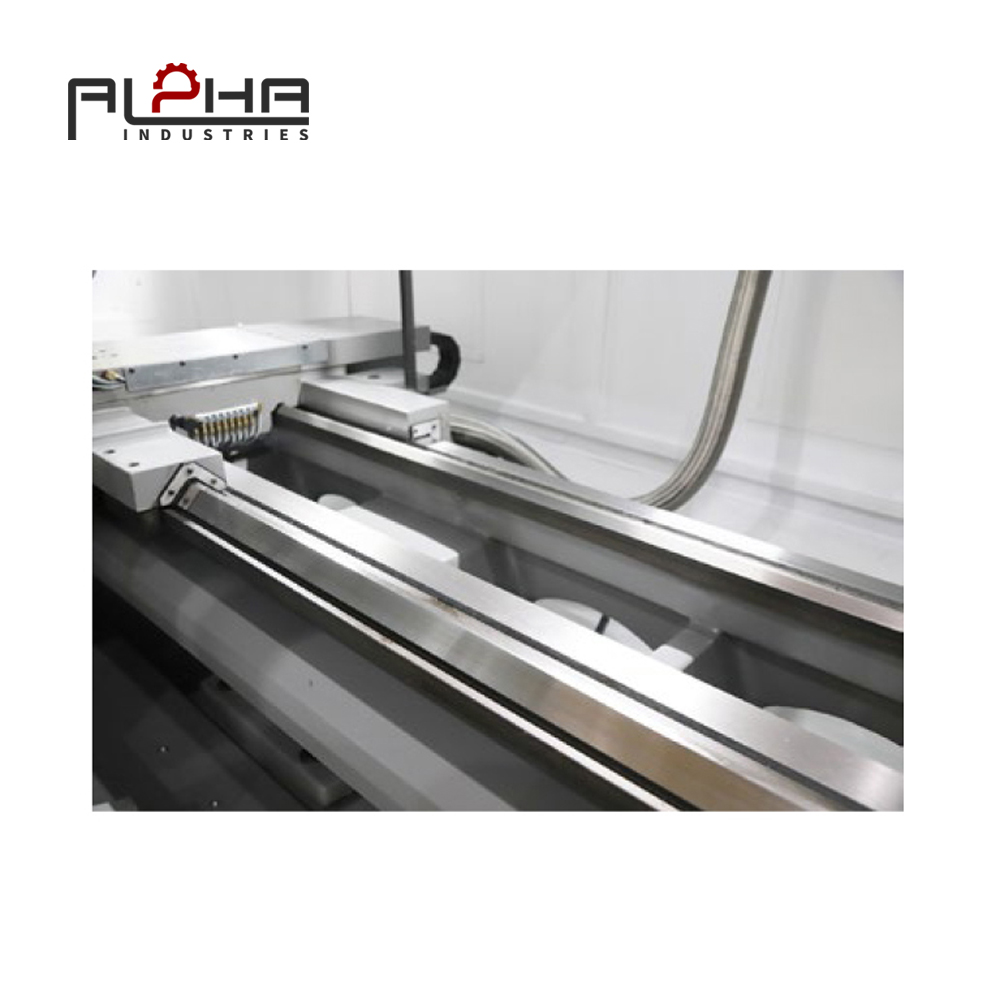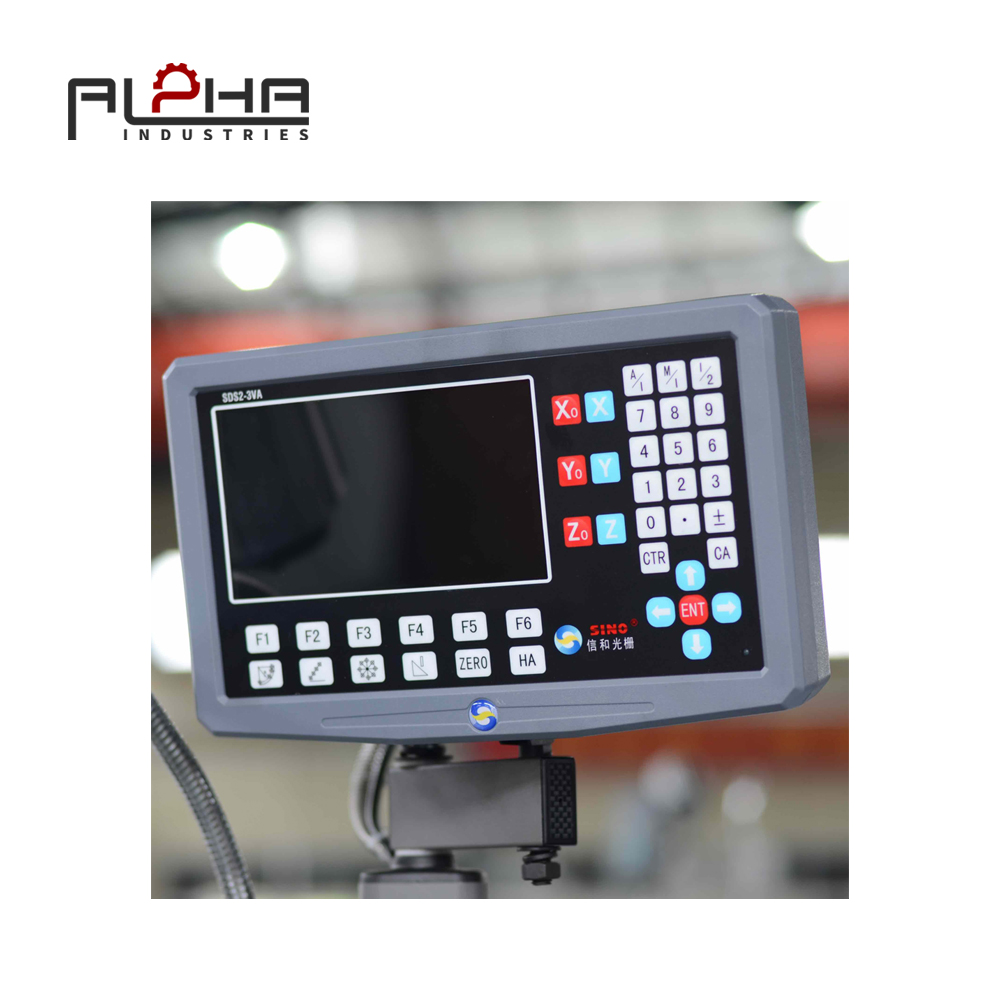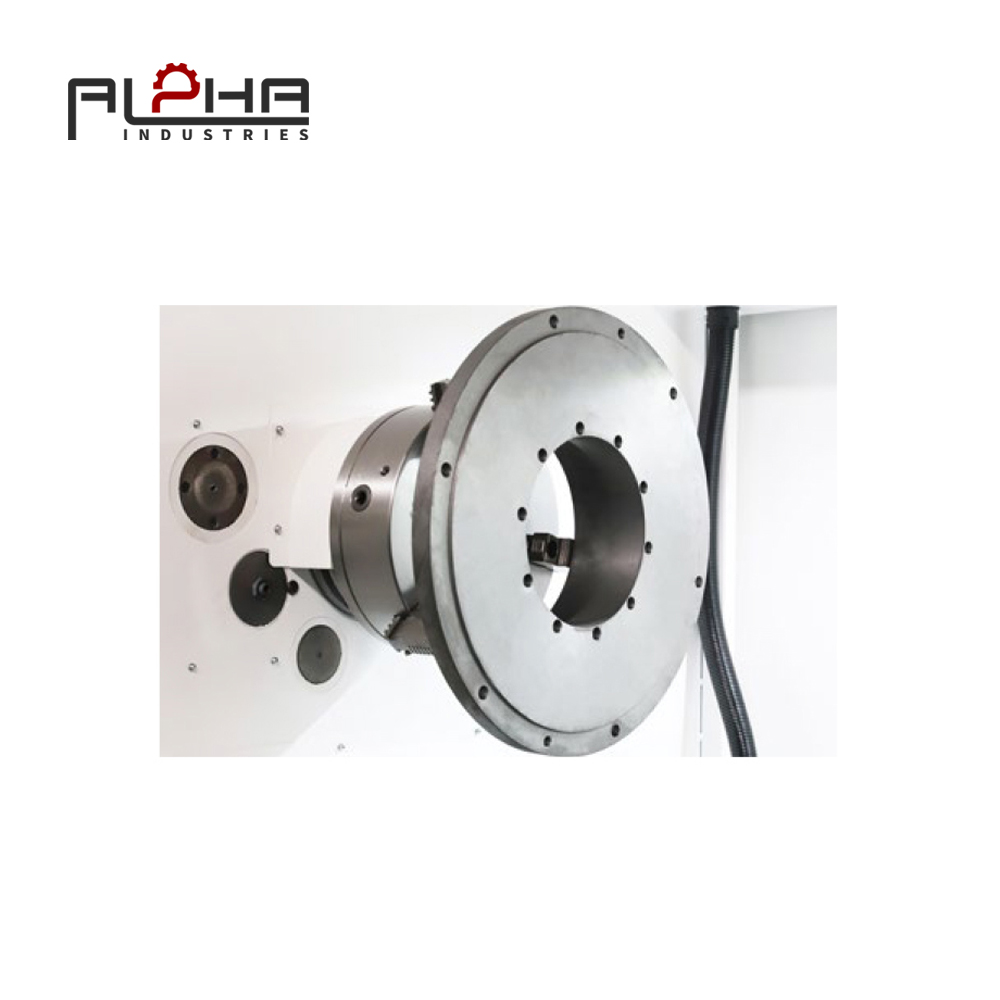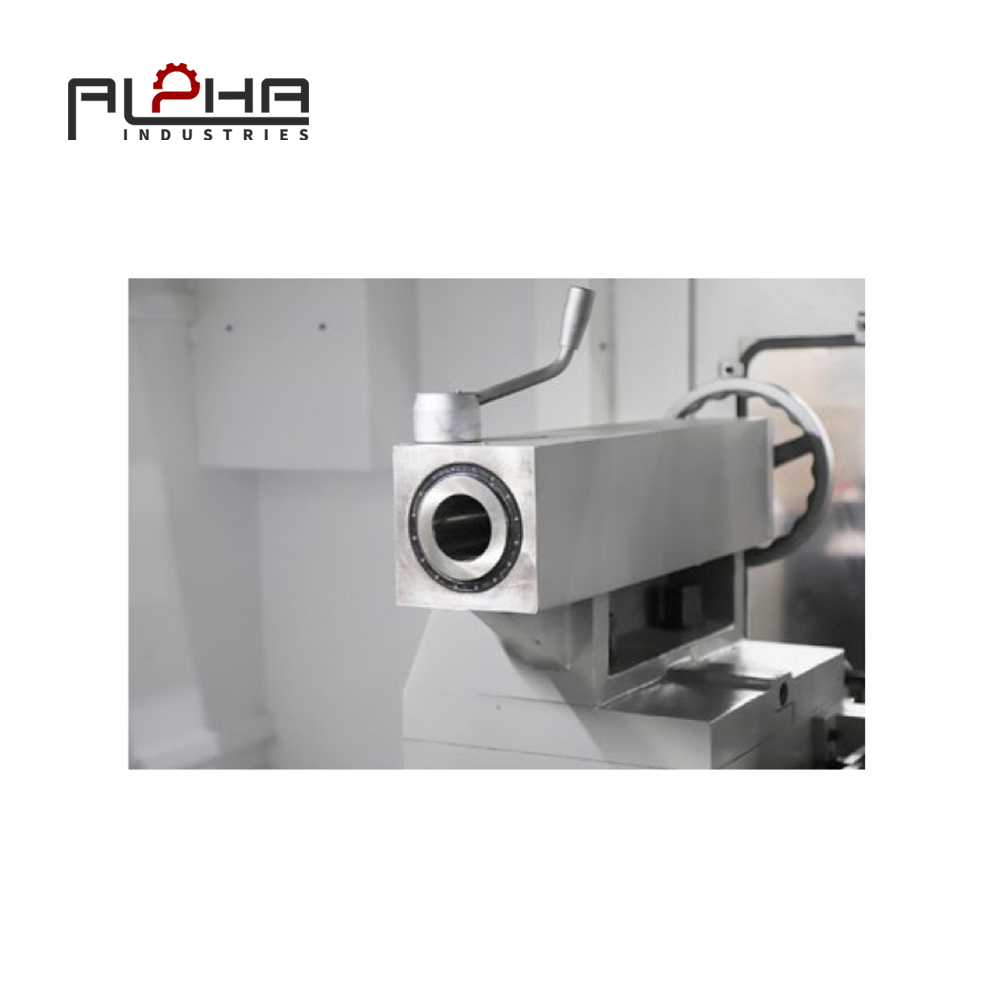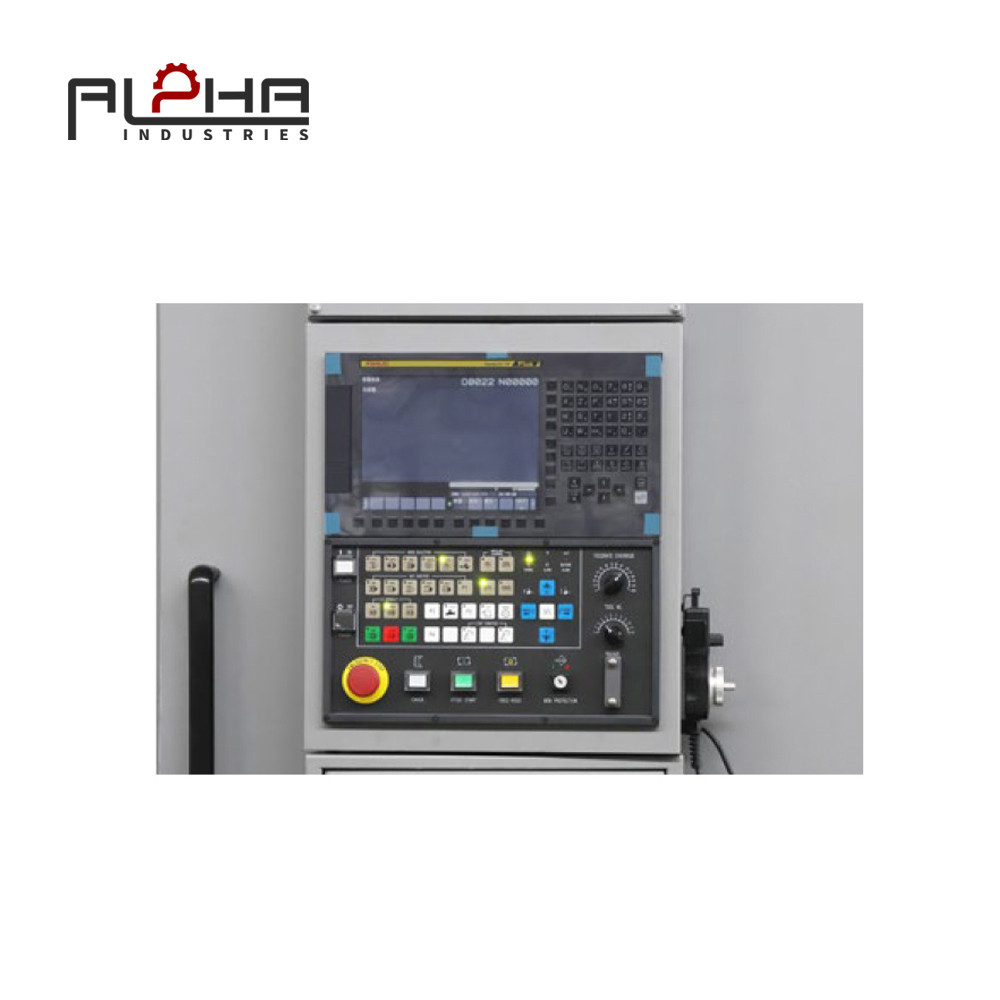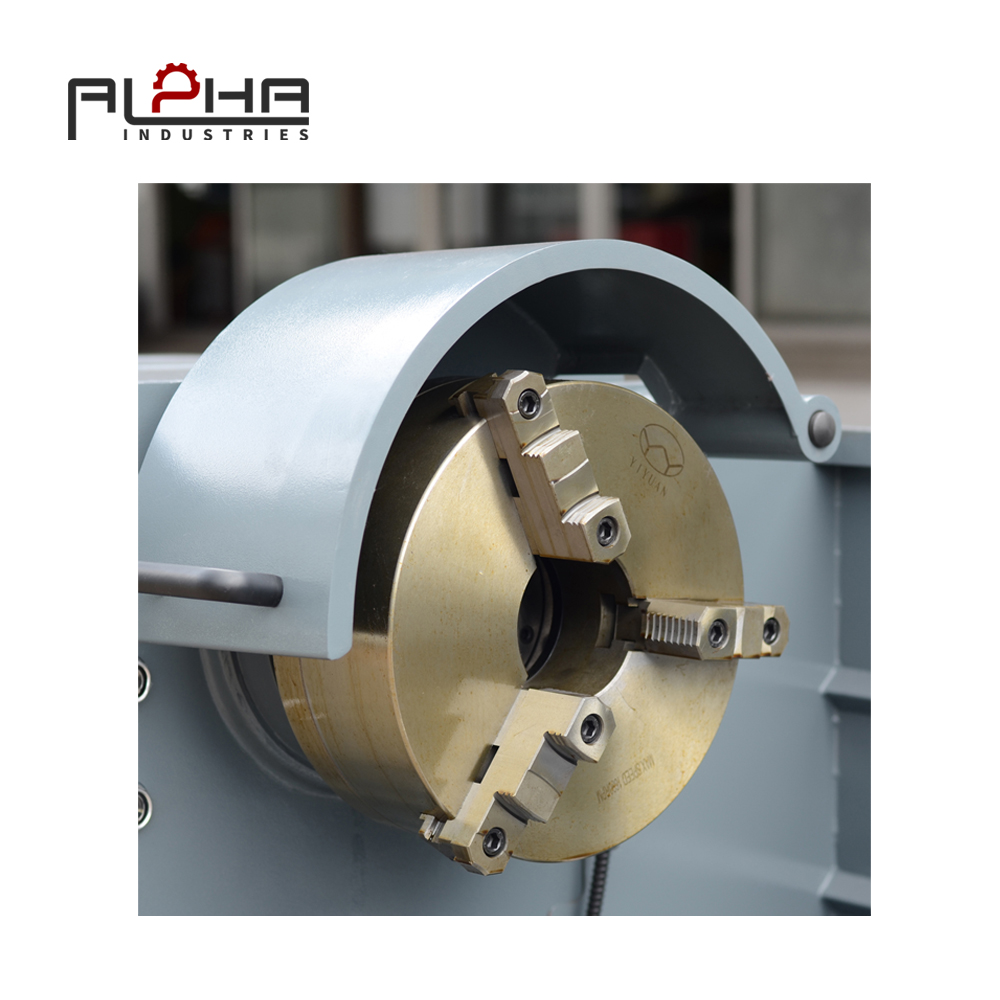Shaft components are fundamental in power transmission systems, rotors, and industrial equipment. Producing shafts with high demands on straightness, concentricity, and surface roughness requires a precision lathe tailored for shaft machining. These lathes feature extended beds, high rigidity, and specialized support systems to manage the challenges of machining long, heavy workpieces while maintaining strict dimensional tolerances.
Engineering Requirements for Shaft Turning
When machining shafts, any deflection, vibration, or misalignment can lead to out-of-roundness, taper errors, or surface defects. Precision lathes for shaft machining integrate:
-
Extra-Long Bed Lengths:Accommodating shafts exceeding 2 meters or more, with sufficient support throughout the length.
-
High-Precision Headstocks:Ensuring minimal runout and spindle misalignment, critical for concentricity across the shaft length.
-
Tailstock with Fine Adjustments:Providing adjustable axial and radial support to counter deflection on long shafts.
Key Technical Features
-
Steady Rests and Follower Rests:Essential for supporting the shaft during machining, these components prevent bending and vibration under cutting forces.
-
Dual-Spindle Drives:Some advanced lathes use synchronized spindles at both ends of the shaft to ensure uniform torque application, especially in drive shaft manufacturing.
-
Hydrodynamic Bearings in Spindle:Reduce heat generation and maintain rotational precision at varying speeds for long machining cycles.
-
Linear Scale Feedback:Ensures position accuracy even over extended travel lengths, critical for maintaining consistent diameters across the shaft.
Applications in Shaft Manufacturing
Precision lathes for shaft machining are widely used in:
-
Power Generation:Turbine shafts, generator shafts requiring high precision to ensure balance and rotational stability.
-
Automotive Industry:Drive shafts, camshafts, and crankshafts where dynamic balance is critical for performance and durability.
-
Marine Engineering:Propeller shafts and rudder stocks, often in large dimensions with tight tolerances.
-
Industrial Rotors:For compressors and large motors requiring strict concentricity for operational safety.
Tooling and Process Control
-
Specialized Carbide and Ceramic Tools:Designed to sustain tool life and maintain precision over long cutting paths.
-
Custom Tool Holders:With extended reach to access all machining zones of long shafts without repositioning.
-
Automatic Tool Compensation:CNC controls can automatically adjust for tool wear, ensuring dimensional consistency throughout the machining process.
Quality Control Mechanisms
-
In-Process Gauging:On-machine measurement systems assess diameter, roundness, and straightness in real time.
-
Post-Machining Inspection:Shafts are often subject to laser alignment checks and dynamic balancing to ensure suitability for high-speed rotation.
Surface Treatment Options
Some precision lathes integrate post-machining processes such as:
-
Burnishing:To improve surface hardness and finish.
-
Polishing Attachments:For shafts requiring ultra-smooth surfaces, especially in aerospace or medical sectors.
Conclusion
Investing in a precision lathe for shaft machining ensures that manufacturers can produce high-integrity shafts that meet or exceed the demanding specifications of modern industry. These machines combine structural rigidity, advanced control systems, and precise support mechanisms to guarantee the straightness, concentricity, and balance required in critical rotating components.
FAQs:
1. How does a steady rest improve shaft machining accuracy?
A steady rest supports the shaft at intermediate points, minimizing deflection caused by the cutting forces. This maintains geometric precision along the entire shaft length, particularly in slender workpieces.
2. What is the importance of concentricity in shaft machining?
Concentricity ensures that the shaft’s rotational axis is consistent along its entire length, preventing imbalances that can cause vibrations, noise, and premature wear in machinery where the shaft is installed.
3. Can precision lathes machine both ends of a shaft without repositioning?
Yes, with dual-spindle configurations or live tailstocks, some lathes can machine both ends of a shaft in a single setup, preserving alignment and reducing cycle time.
4. What materials are commonly used for industrial shafts?
Shafts are typically made from alloy steels (like 4140 or 4340), stainless steel, or specialized composites depending on the application’s strength, corrosion resistance, and fatigue requirements.
5. How is shaft straightness verified after machining?
Straightness is typically checked using laser measurement systems or dial indicators along the shaft length, ensuring deviations remain within micrometer tolerances required by the application.



